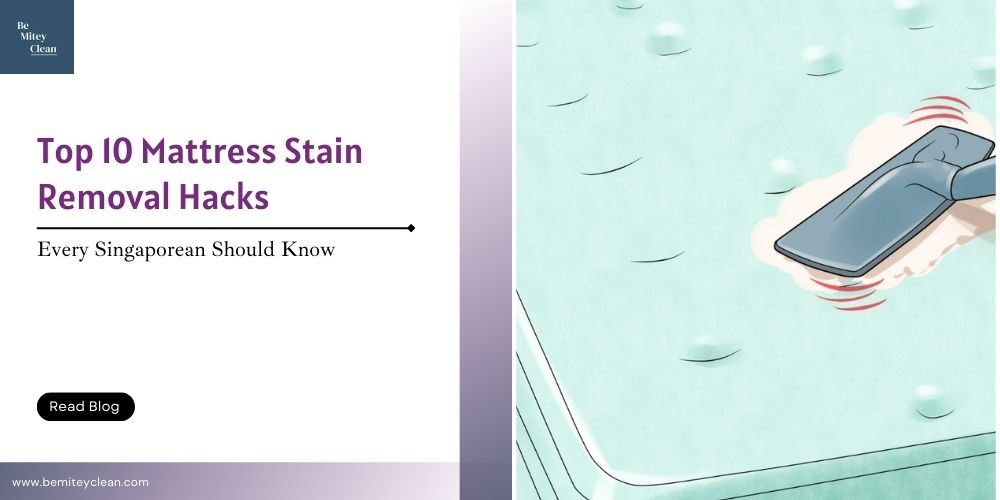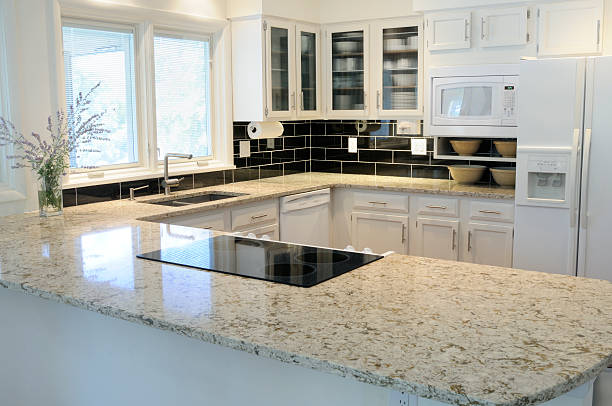What home elevators are used in different buildings?

Home elevators are specifically designed for residential use, installed in private homes, including single-family houses, townhouses, condominiums, and other residential properties.
Multi-Story Home Elevators:
Private residences with multiple floors often utilize home lifts for increased accessibility and convenience.
Luxury Residences:
High-end luxury homes often incorporate sophisticated and customized home lifts as part of their amenities.
Private Estates and Mansions:
Large private estates or mansions with expansive floor plans may incorporate home lifts to provide ease of movement between different levels.
Retirement Communities:
Some retirement communities or senior living complexes may include home lifts in individual living units to cater to residents’ mobility needs.
Adaptive Living Spaces:
Homes designed for individuals with disabilities or accessibility requirements incorporate home lifts for increased independence and mobility.
Architecturally Unique Homes:
Homes with unique layouts, split-level designs, or architectural features might install home lifts to simplify movement between distinct levels.
While Residential elevators are primarily designed for residential applications, they can also be installed in specific commercial or public structures with residential-like settings, especially where accessibility and convenience are key considerations.
These installations cater to users with specific mobility needs, providing a familiar and comfortable accessibility solution akin to a residential setting.
Several features contribute to the eco-friendliness of these elevators:
Energy-Efficient Components:
Incorporation of energy-saving motors, LED lighting, and efficient control systems to reduce power consumption during operation.
Regenerative Drives:
Some eco-friendly elevators use regenerative drives that capture and reuse energy generated during braking, feeding it back into the system. This reduces overall energy consumption.



